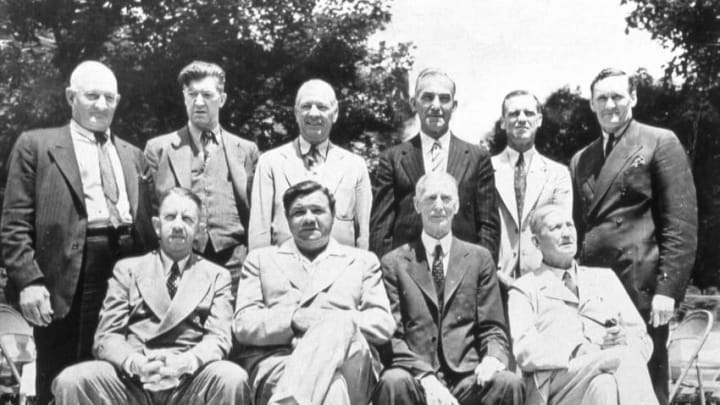2 of 3

MLB Hall of Fame: That challenging first-year eligibility
Surely, someone asked why 1937 inductees Nap Lajoie, Tris Speaker, and Cy Young weren’t in the previous year’s class. Right?
Well, in 2019 Jim Thielman, who covered MLB for 16 years, gave a somewhat thorough answer, confusedly broken down among four (or 15) separate points that should be reviewed by people who want to be totally befuddled about this matter. Chief among his points were these, specifically related to Young, but with a wider application:
- Young was “victimized because no one had a road map as to what the Hall of Fame was for.”
- “There was not even stipulation, let alone agreement, that the inductees needed to be great baseball players.”
- (and 4.) Supposedly, in 1936 five players were to be picked from before 1900, and five after that date. There was a “disagreement” in the “pre-1900s voting,” and Young’s 20th-century voters placed him sixth – his career was evenly split between the two centuries, roughly speaking. (It may also be worth noting that Lajoie also played four years in the 19th century, and Wagner played three.)
- (or 5.) Somewhere in the middle of all that, what Thielman described as “brawling in the street, giving wet Willies or whatever the hell happened,” the original ten inductees were reduced to a consensus five.
Had enough?
